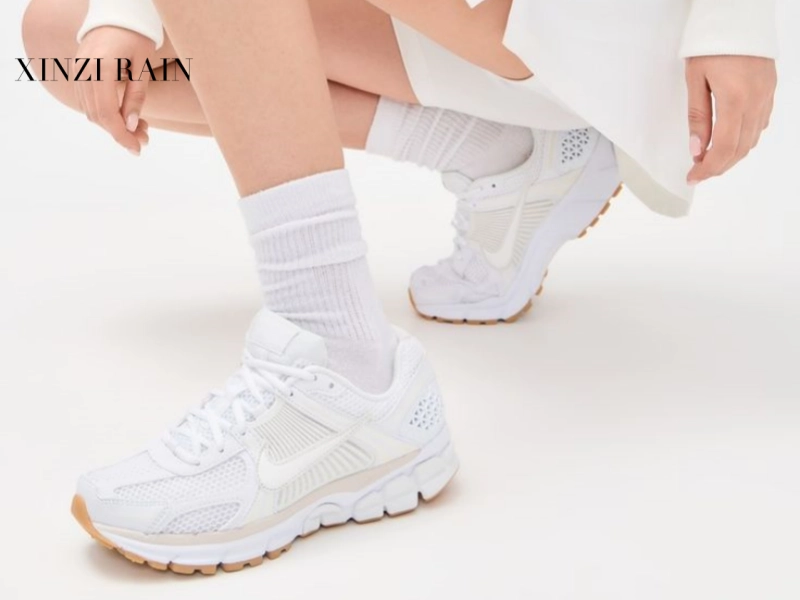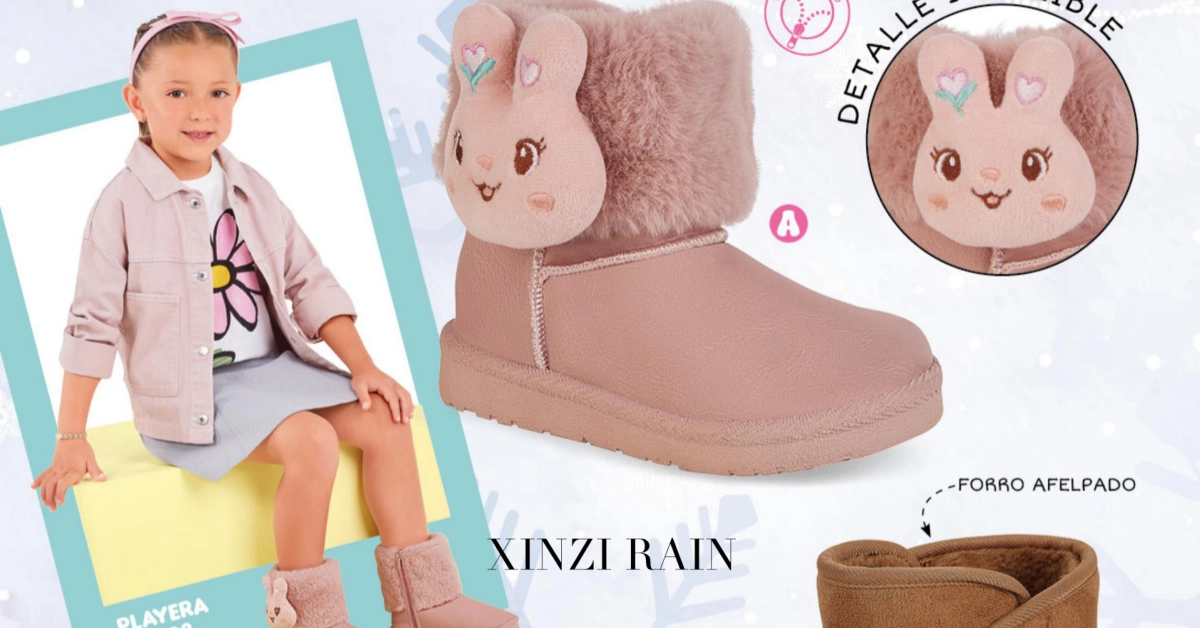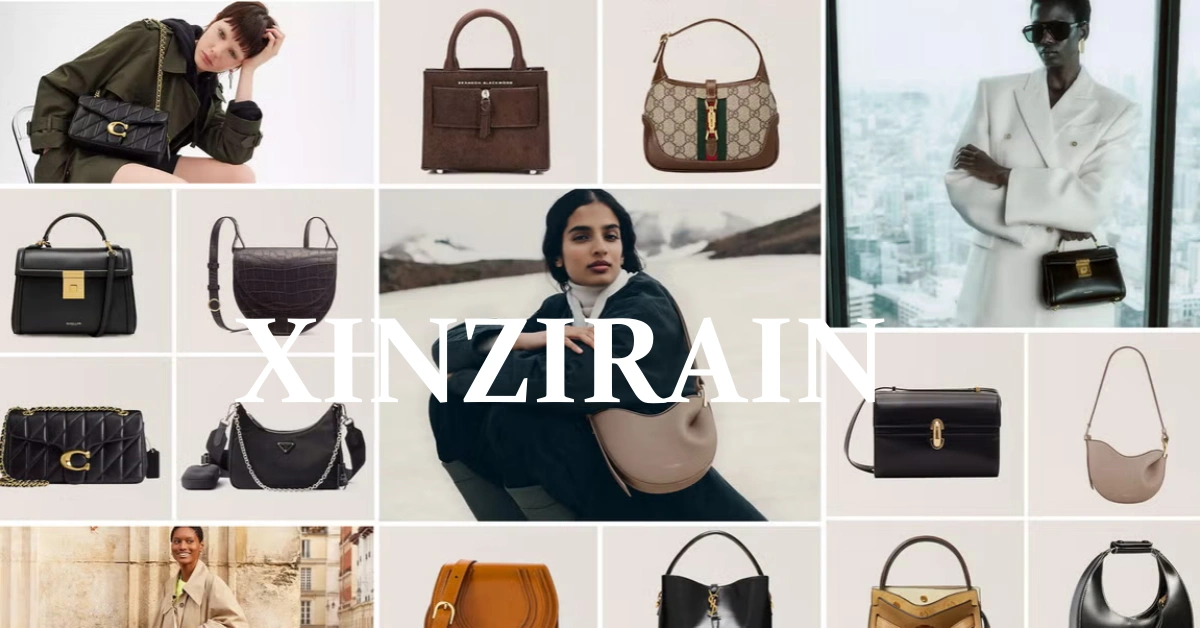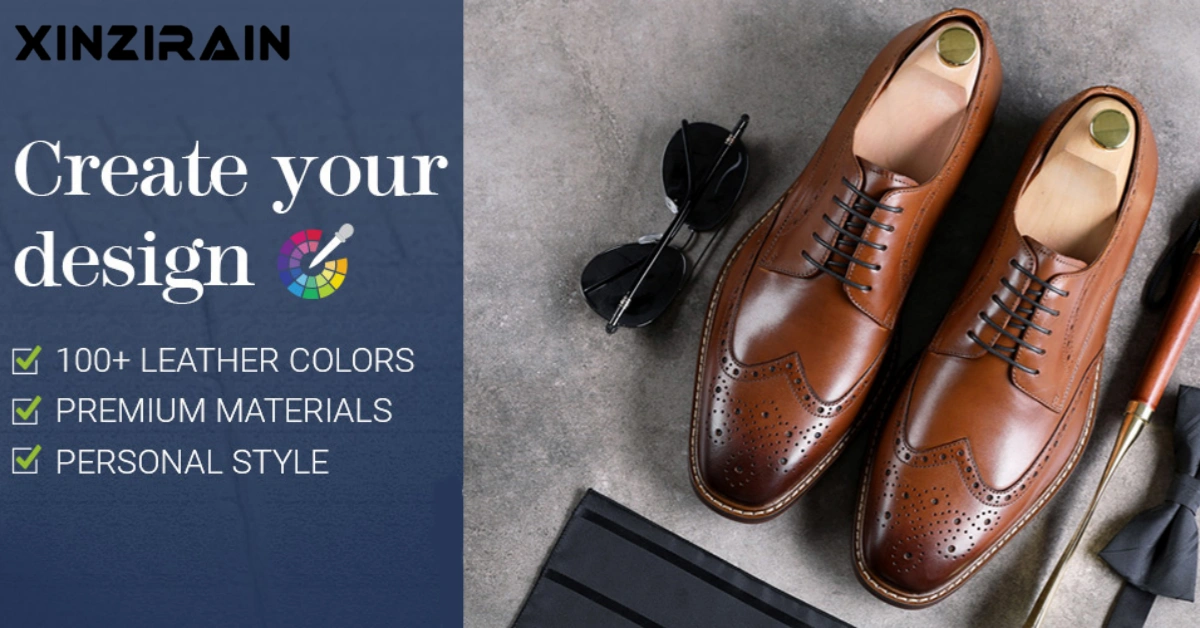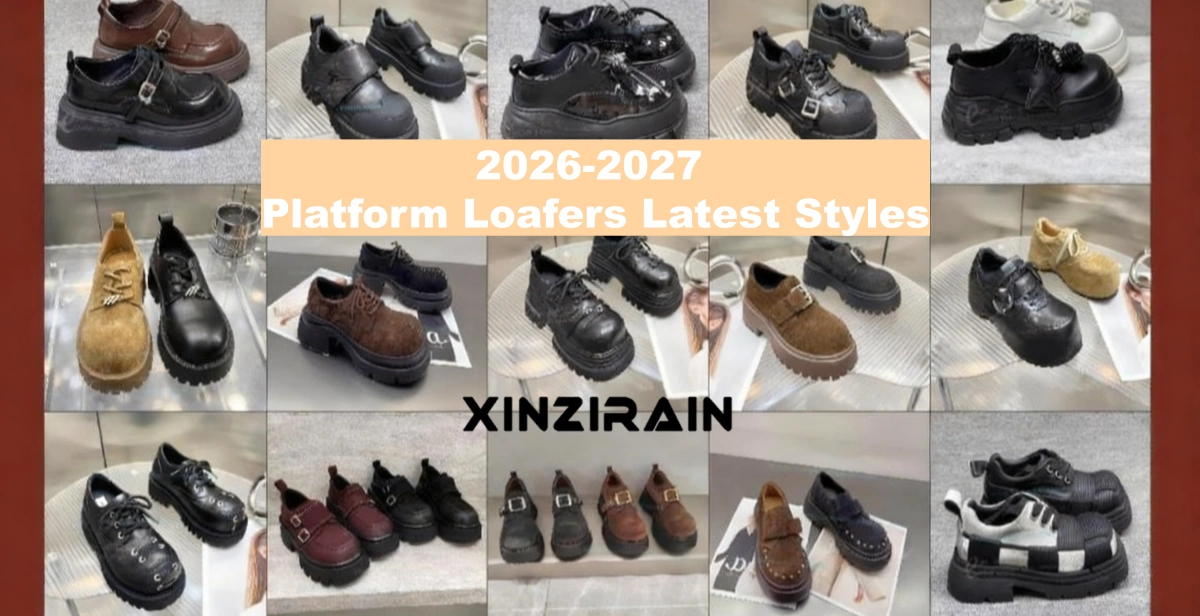Global Tennis Shoes Market Overview
The market for tennis-specific footwear — “tennis shoes” or “tennis court shoes” — remains a niche within the broader athletic footwear category, yet it shows stable growth and evolving dynamics.
According to a report from IMARC Group, the global tennis shoes market size reached approximately USD 2.48 billion in 2024. It is projected to reach USD 3.11 billion by 2033, with a compound annual growth rate (CAGR) of around 2.41% during 2025-2033.
IMARC Group
Another study by Allied Market Research cites a valuation of USD 2.5 billion in 2021 and projects USD 3.6 billion by 2031 (CAGR ~3.3%).
EIN Presswire
Meanwhile, the wider athletic footwear market (covering running, training, recreational) is forecast to grow from ~USD 182.6 billion in 2025 to ~USD 257.8 billion by 2030 (CAGR ~7.14%).
Mordor Intelligence
Market Drivers:
Rising participation in tennis as both a recreational and competitive sport; especially initiatives to build or refurbish tennis infrastructure in key regions.
IMARC Group
Growth of “sport-lifestyle” or “athleisure” usage: tennis sneakers are increasingly worn off-court for casual, urban wear, not only on the court.
Increased demand for footwear that combines performance support (lateral stability, durability for tennis movements) with fashion / lifestyle appeal.
Materials innovation: lightweight midsoles, breathable uppers, sustainable materials.
Distribution shift: e-commerce, direct-to-consumer channels, and specialised footwear retailers.
Regional Insights:
North America holds a dominant share (around 24% in 2024) for tennis shoes, driven by high playing participation, disposable income, and sport culture.
IMARC Group
Europe and Asia-Pacific are growth zones: Asia-Pacific benefits from rising incomes, increased sport participation and urbanisation (though specific tennis-shoe data is sparser).
For OEMs serving Europe & Americas (Xinzirain’s core markets), addressing both performance and fashion trends is critical — especially for importers/distributors who want to differentiate.
Implication for OEM/Brand Partnerships:
For manufacturers like Xinzirain, this growth scenario means: offering credible court-performance design + lifestyle styling + differentiated materials/customisation helps capture both tennis-specific and casual usage markets. Brands/importers want versatility: a sneaker that works on court and in street wear.
Key Brand Strategies & Design Evolutions
Examining how leading brands approach tennis footwear provides instructive lessons for positioning, differentiation and OEM partnerships.
Nike – Technology & Culture Dual-Drive
Nike remains a reference in tennis shoe design. Their tennis-specific range (e.g., NikeCourt Air Zoom Vapor Cage 4) emphasises high-end performance: lateral cage system, Air Zoom cushioning, hard-court durability.
Nike.com
Simultaneously, Nike leverages culture: athlete ambassadors, lifestyle crossover, colour-ways & collaboration drops. For example, the same silhouettes appear in casual street-wear versions.
From an OEM/brand viewpoint: Nike’s path shows that performance structure (stability, durability, lateral support) + lifestyle visual styling + brand narrative (athlete, culture) = strong market position. For your manufacturing business, offering seamless integration of performance engineering + custom aesthetic gives importers the “court-to-street” value.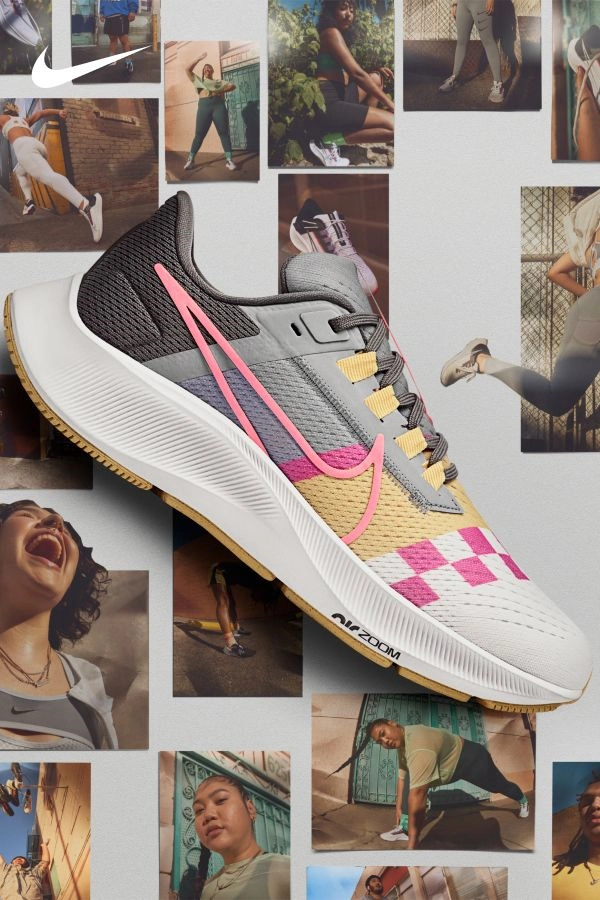
adidas – Sustainability & Heritage Fusion
adidas has emphasised sustainable materials alongside performance. For example, the Barricade 13 tennis shoe offers baseline stability and traction, yet adidas emphasises eco-credentials in its broader catalogue.
In terms of design narrative: heritage lines (classic tennis silhouettes) are re-imagined for modern usage. This speaks to a dual-track strategy: heritage/retro + modern tech.
For OEMs: readiness to supply sustainable material options (recycled polyester, plant-based leather alternatives) plus platform design that supports styling cues is a differentiator.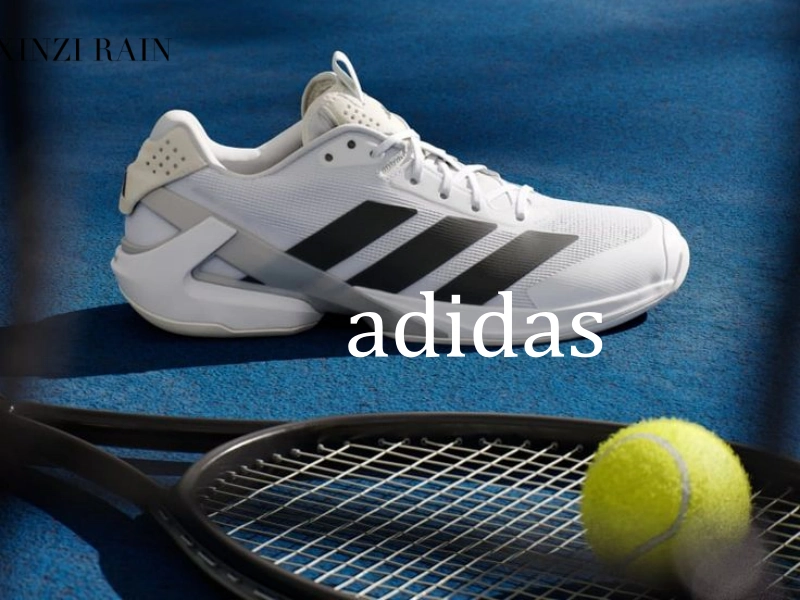
ASICS – Pure Performance, Emerging Lifestyle
ASICS remains a strong choice for performance tennis shoes, emphasising features like GEL cushioning systems, lateral support, advanced outsoles. Although less visible in fashion crossover, their performance credibility makes them a benchmark.
This brand shows: if your manufacturing can meet high-end performance specs (durability, multidirectional support, advanced midsoles), you can attract serious sport / court-brand clients. For lifestyle/lower-tier segments, then integrate simpler versions of those performance structures into fashion shoes.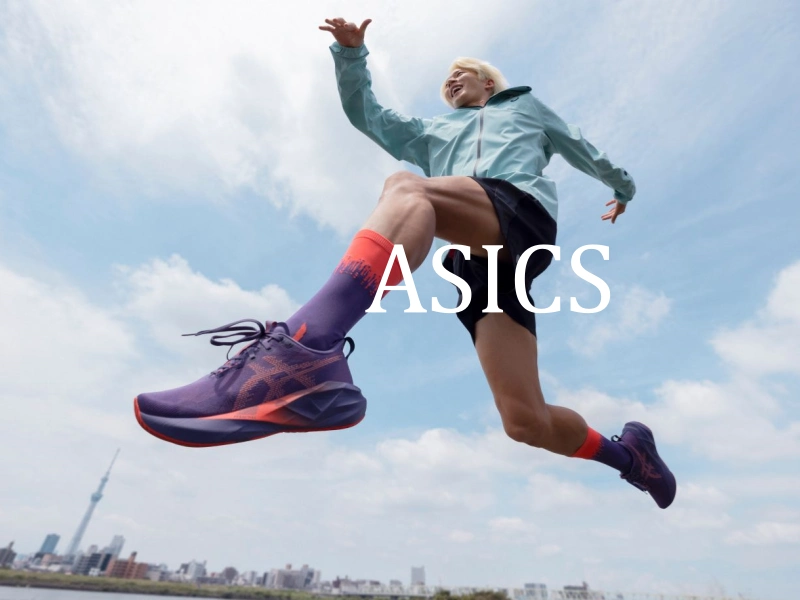
Practical Case Comparisons
adidas Barricade 13: Reviewers note its outstanding traction (forefoot coefficient ~0.90 vs average ~0.76) on hard courts, showing the level of performance engineering required.
Nike Court lines: On Nike’s site, tennis-shoe variants range from high-performance USD 180+ models to more casual “Court Lite” models at USD 80.
These cases illustrate tiering: premium court-performance models + more accessible lifestyle/casual versions.
Design Trend Keywords & Market Implications
Based on the market and brand behaviour above, here are key design-trend keywords with implications for OEM/manufacturers and brand clients:
Lightweight & Flexibility
Modern tennis shoes emphasise lighter weight for quicker start/stop and lateral shifts, combined with flexible uppers (knit, mesh) and midsoles engineered for responsiveness. Given that tennis movement is multidirectional, design must allow for lateral stability without excessive weight.
OEM implication: ensure tooling and midsole production support lightweight dual-density EVA or similar systems, stable side-walls, and upper materials that bring breathable support.
Sustainable/Environmentally Conscious Materials
Consumers (in Europe/Americas) increasingly demand “eco” credentials: recycled materials, low-waste manufacturing, biodegradable elements. Even niche tennis-shoe segments reflect this trend.
Accio
OEM/Brand suggestion: offer collection tiers “Eco Performance Tennis Shoe” with LWG-certified leather, recycled mesh, water-based adhesives, minimal packaging. This supports importer branding and adds value beyond cost.
Visual Language: Retro Vibe + Minimalism + Hybrid Styling
Tennis shoes are gaining dual life as lifestyle footwear. Visual cues: low-profile silhouettes, “tennis court white” colourways, minimal branding, subtle textures, retro references (’70s/’80s court shoe heritage). Fashion media highlight sneaker hybrids and tennis-shoe aesthetic merging with streetwear.
Who What Wear
OEM tip: create design modules: court-spec platform + lifestyle upper/shoe-look variant; allow easy colour- and material-switch. Offer private-label options for importers/distributors.
Gender/Size Inclusivity & Cross-Scene Usage
Tennis participation is increasing among women and younger players; also the lifestyle usage means adults want tennis-style shoes for everyday. OEMs should support full size-ranges (kids, women, men) and gender-neutral styling. For example, reports show women’s tennis participation approaching parity (~47 %) globally.
EIN Presswire
OEM action: Provide flexible last/shoe-tree capabilities for gender/size variants; offer style templates that appeal to lifestyle consumers beyond playing tennis.
Collaboration, Limited Editions & Customisation
As the sneaker-culture boom continues, sneakers originally from court sports receive hype in streetwear. Collaborations (artist/brand/sport) generate premium pricing and brand value. For tennis shoes, the “court heritage” provides a narrative.
Vogue
OEM opportunity: Offer small-batch runs, special colourways, customisation options (brand logo, event/edition stamping, packaging extras) to support importers/distributors who want to launch special-edition tennis-footwear lines.

Xinzirain’s Tennis Shoes Design Features & Brand Value
Let’s now bring the focus to Xinzirain and how you can position your manufacturing & design services in this tennis-shoe segment, tailored for export to Europe & the Americas.
From Factory to Brand-Mindset
Xinzirain has deep experience in footwear/bag OEM-ODM: design customisation, bulk production, after-sales. Applying this to the tennis-shoe segment means leveraging your manufacturing base but upgrading to support “tennis performance + lifestyle design” combination.
Your proposition: “Custom Tennis Shoes OEM/ODM – from design to mass production – for importers/distributors/brands seeking tennis-inspired performance/lifestyle footwear.”
Focus areas:
Performance structure: lateral support, durable outsole, tennis-specific last, correct drop, stability.
Lifestyle design: visual aesthetics, colourways for casual use, broader size-range for men/women/kids.
Materials & sustainability: LWG certified leather, recycled mesh, water-based adhesives, speciality packaging.
Customisation: brand/logo integration, private-label development, small-batch special editions, eco-branding.
Product Feature Highlights
Lightweight dual-density midsole: e.g., EVA + TPR or EVA + TPU insert to offer a stable yet light ride — this supports both court performance and everyday wear.
Upper structure: options for breathable knit/mesh for lifestyle-light variants and more supportive synthetic leather/super fiber for performance court variants.
Outsole: Hard-court tested rubber compound for lateral grip and durability; option for clay/grass versions; wide base for stability (following benchmark models like adidas Barricade).
Customisation flexibility: brand logo placement, colourway options, size-range variation, packaging choices (eco-box, recyclable materials).
Sustainability credentials: optional LWG leather, recycled yarns, low-VOC glues, CSR story built-in for brand clients.
Design Narrative: Performance Meets Lifestyle
Your narrative could be: “From the baseline to the boulevard — Xinzirain’s tennis-inspired footwear brings court-level performance and daily-wear style into one.” Emphasise that you are aligning with the global trend where “tennis shoes” are no longer just sport-specific but lifestyle icons.
For importers/distributors in Europe & Americas, this means you’re offering them a differentiated product segment: tennis-style sneakers with credible performance heritage, customizable for their brand-identity, with manufacturing reliability and export-focus (from China) that you bring.
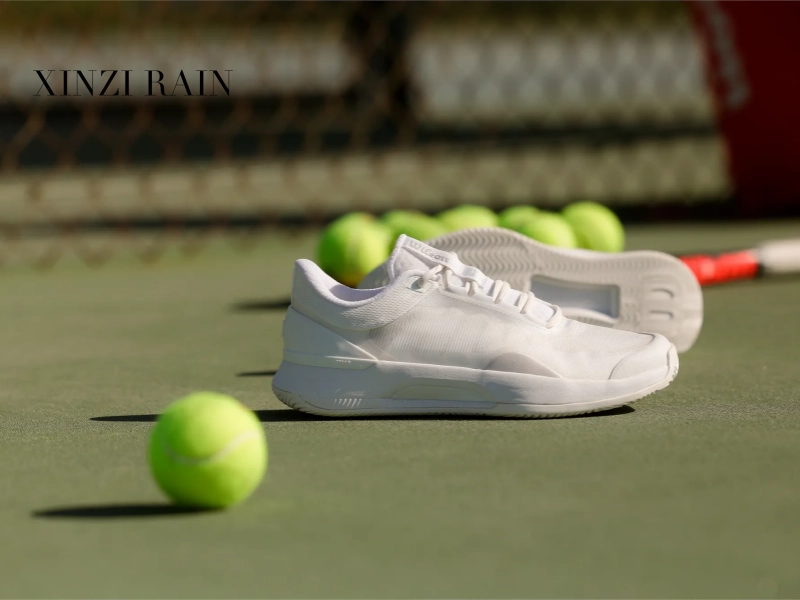
Future Trends & Strategic Recommendations
Future Trend Outlook
Hybrid Court-Lifestyle Growth: The strongest growth opportunity for tennis shoes lies in hybrids — shoes that work on court but are worn off-court, marketed as “tennis-style lifestyle sneakers”.
Smart/Tech Integration: Although still early in tennis-specific shoes, foot-pressure sensors, energy-return foams, data-driven last design will filter down. Manufacturers should monitor material/tech innovation.
Sustainability as Standard: Eco credentials will shift from “optional” to essential for EU/US brand clients — recycled materials, circular-design thinking, transparency in supply chain.
Female & Youth Market Expansion: Female participation in tennis and youth interest in sport-inspired footwear are growing; thus size-range and design appeal for those segments matter.
Emerging Market Import Growth: While Europe & Americas remain priority, peripheral markets (Latin America, Southeast Asia) may drive additional volume; but brand differentiation stays key.
Strategic Recommendations for Xinzirain & Brand Clients
Offer Tiered Product Platforms: Develop 2–3 levels: Performance Court model; Lifestyle Tennis model; Eco-Special Edition model. This allows brand clients to address different price-points and consumer segments.
Highlight Materials & Supply-Chain Transparency: Establish a “sustainable materials option” pathway in your manufacturing offerings, so brand clients can claim responsible sourcing (helping them in Europe/US markets).
Support Brand Storytelling: Provide clients with content-ready package (e.g., describes “tennis heritage platform adapted for lifestyle wear”, “court-engineered performance stability”, “custom brand logo integration”). This helps importers/distributors market the product.
Enable Customisation / Limited Editions: Offer low-MOQ options for exclusive colourways, seasonal drops, collaborations. This becomes a value driver for importers/distributors seeking differentiation.
Strengthen Cross-Selling to Lifestyle Channels: While tennis specialty stores remain key, brand clients should be supported to position the tennis-shoe product in lifestyle/fashion channels (streetwear, casual sneakers) as well as court specialist channels.
Optimize for E-commerce & DTC: Ensure your design/manufacturing allows for visual appeal (good colourways, photos, storytelling) and supports clients who sell online directly to consumers in Europe & Americas.
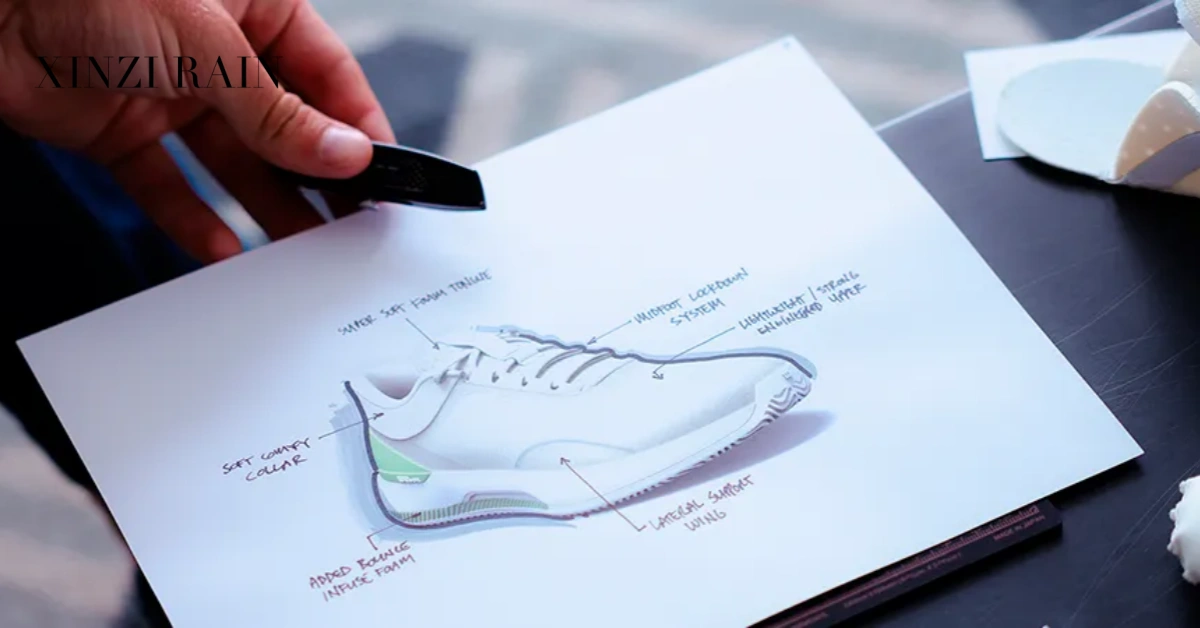
Conclusion
The tennis-shoes category is not only about court-specific performance any more — it is increasingly a cross-scene product that blends sport, lifestyle and fashion. From the market data (CAGR ~2–4% depending on source) and the broader athletic-footwear growth, we see a tangible opportunity for manufacturers and brand clients who can deliver credible performance + differentiated design + sustainable materials.
For Xinzirain, your strength as a China-based custom-footwear manufacturer positions you well: you carry the manufacturing expertise; now by aligning with the identified trends (lightweight tech, sustainable materials, hybrid styling, customisation) and focusing on your export markets (Europe & Americas), you can become a strategic partner for importers, distributors and brands looking to launch tennis-style footwear lines with premium value.
By offering a full package — from sneaker last & tooling, midsole/outsole engineering, upper material options, to brand customisation and packaging — you respond to the demand for “tennis shoes wholesale supplier China” but in an elevated manner: “tennis-inspired hybrid sneakers, custom-OEM for lifestyle & sport.”
Continue to emphasise your brand story (“let every fashion-idea walk the world”), embed your manufacturing & sustainability capabilities, and provide importers/distributors with the narratives and product design that align to the evolving consumer demand. This way, Xinzirain won’t simply be a component supplier — you’ll be seen as a solution partner in the tennis-footwear growth niche.
Tennis Shoes FAQ – Everything You Need to Know
What are tennis shoes and how are they different from regular sneakers?
Tennis shoes are designed specifically for court play, offering lateral support, stability, and non-marking soles suitable for clay, grass, or hard courts. Regular sneakers are built for forward motion or fashion wear and may lack the side-to-side stability tennis players need.
What makes tennis shoes important for performance on the court?
They provide lateral traction, shock absorption, and ankle stability to support quick direction changes, reducing injury risks during matches or practice sessions.
What types of outsoles are used for different tennis courts?
Hard Court: Durable rubber outsole with herringbone or modified tread.
Clay Court: Zig-zag patterns to prevent clay buildup and improve grip.
Grass Court: Nubbed outsole for traction without damaging turf.
Xinzirain’s OEM designs can adapt each outsole type to client needs.
What materials are commonly used in tennis shoes?
High-quality tennis shoes typically use mesh knit uppers, synthetic or genuine leather overlays, EVA or TPU midsoles, and rubber outsoles. For sustainable options, Xinzirain offers LWG-certified leather and recycled yarns.
What is the average lifespan of a pair of tennis shoes?
For frequent players, tennis shoes last around 45–60 hours of play or 3–6 months. Lifestyle wearers can expect longer use depending on surface and intensity.
How should tennis shoes fit?
A snug midfoot for lateral stability and about a thumb’s width between your longest toe and the shoe front. Proper fit reduces slipping and blistering.
What’s the difference between tennis shoes and running shoes?
Running shoes are built for straight-line movement and cushioning. Tennis shoes are engineered for lateral stability, reinforced sides, and a flatter outsole for court traction.
Are tennis shoes good for casual daily wear?
Yes. The “tennis-style sneaker” trend has made court-inspired shoes popular for daily outfits. Xinzirain produces hybrid models that combine court performance with urban style.
How do I choose tennis shoes for different playing styles?
Baseline player: Needs durable soles and strong lateral support.
Serve-and-volley player: Prefers lighter shoes with flexible forefoot.
Xinzirain can customise models based on these play profiles.
What does “non-marking outsole” mean?
It means the sole will not leave scuff marks on indoor courts, a standard requirement for tennis facilities and clubs.
Do professional players use custom tennis shoes?
Yes. Brands often develop signature models (e.g., NikeCourt Zoom Vapor for Federer). Xinzirain also provides OEM/ODM services for brands seeking athlete-grade customisation.
How do I clean and maintain tennis shoes?
Remove insoles and laces.
Use mild soap, soft brush, and warm water.
Air-dry; avoid direct heat or sunlight.
Store in a cool, dry place.
Does Xinzirain offer eco-friendly or sustainable tennis shoes?
Yes. We use LWG-certified leather, recycled polyester, bio-based soles, and water-based glues for eco-conscious brands.
Can tennis shoes be customised with a brand logo or colour scheme?
Absolutely. Xinzirain’s OEM/ODM tennis shoes service includes logo embossing, custom colour palettes, unique packaging, and private-label branding.
What are the minimum order quantities (MOQ) for custom tennis shoes?
Typical MOQ starts from 300–500 pairs per style or colour, depending on design complexity and materials. Smaller test runs are available for new clients.
What certifications or standards does Xinzirain follow in production?
We follow ISO 9001 quality control, use REACH-compliant materials, and partner with suppliers certified by LWG (Leather Working Group) and OEKO-TEX.
How long does it take to develop and produce custom tennis shoes?
Sampling: 10–15 days after confirming design.
Bulk production: 30–45 days depending on order size.
Shipping: by sea or air, globally supported.
Can Xinzirain produce both men’s and women’s tennis shoes?
Yes, including men’s, women’s, unisex, and kids’ tennis shoes. Size grading and ergonomic adjustments are included in the design stage.
Where are Xinzirain tennis shoes manufactured?
Produced in our certified facilities in Chengdu and Guangdong, China, combining craftsmanship with modern production equipment for large-scale exports.
What’s trending in tennis shoes for 2026–2030?
Lightweight & flexible midsoles.
Sustainable materials and transparent sourcing.
Retro “court-to-street” aesthetics.
Gender-neutral, minimalist designs.
Smart insole technology and comfort innovation.
Xinzirain integrates these trends into our future collections for global brands.


